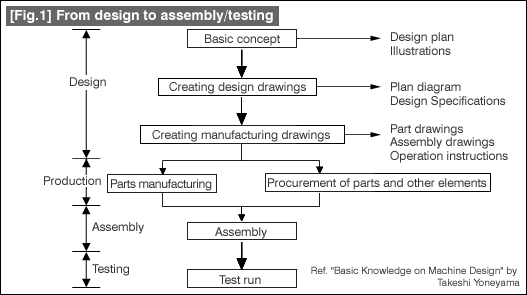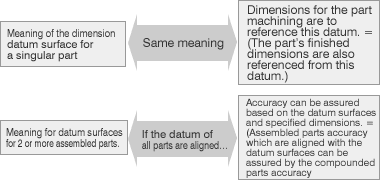The LCA project's success or failure is largely determined by the result of design process of conceptualizing to creating the manufacturing drawings. To "Design" is for the designer to create all the necessary information (LCA performance, manufacturing drawings, operation instruction information) of the LCA project to be built. A flow of design to LCA completion is as [Fig.1] below.

[Table.1] Relationship of LCA design and LCA cost reduction
|
The LCA design process begins with a conceptualizing of functions with illustrations, then proceeds to design drawing and manufacturing drawing creations. To this point is a process of turning the abstract ideas into drawing information.
After the drawings are created, parts are manufactured and purchased components are procured according to the drawings, then on to assembly work and programming. All of these steps are executed according to the contents of the design. Therefore, it can be said that a good LCA depends on a good design.
A manufacturing system including LCAs are composed of purchased parts such as screws and springs, purchased machine elements such as motors, etc., and machined components made of raw materials (including control programs). Cost reduction ideas for each, as well as assembly/maintenance cost reduction ideas can be summarized in a table above. It can also be seen from this table that the quality of design largely affects the success rate of LCA.
![[Fig. 1] Fundamental Design Process](http://www.misumi-techcentral.com/tt/en/lca/images/050.gif)


![[Fig.1]](http://www.misumi-techcentral.com/tt/en/lca/images/048_2.gif)
![[Fig.1]](http://www.misumi-techcentral.com/tt/en/lca/images/048_3.gif)
